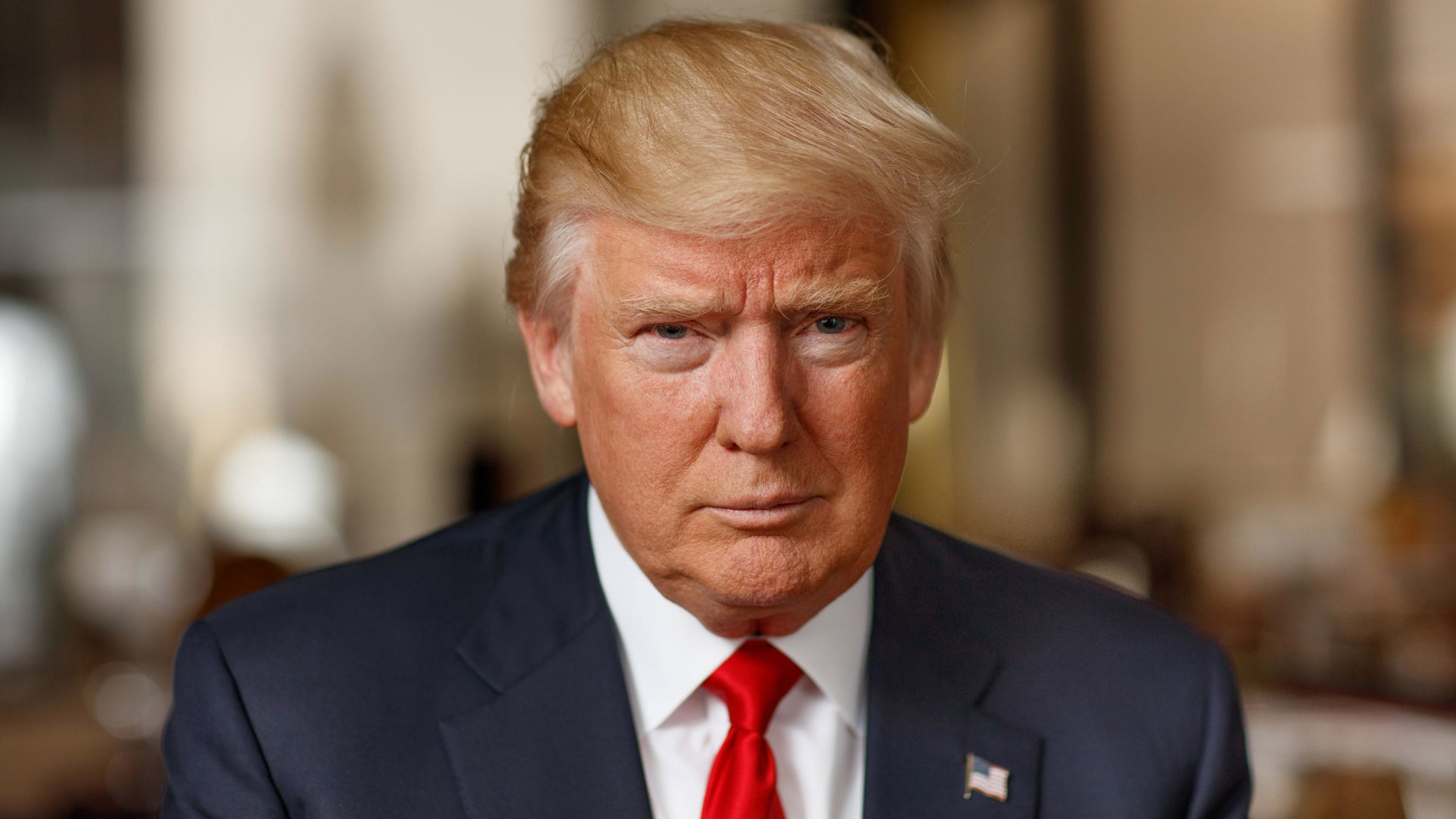President Donald Trump announced on March 5 that he’s raising tariffs on steel and aluminum imports to 25%, a move he believes will boost U.S. factory jobs. This decision, though, comes amid growing concerns about the impact of his tariff threats, which have already caused some tremors in the stock market and stoked fears of a possible economic slowdown.
In addition to hiking tariffs, Trump removed all the exemptions from his 2018 tariffs on these metals, and raised the aluminum tariff from 10%. These steps are part of a broader strategy to shake up global trade, which includes separate tariffs on countries like Canada, Mexico, and China. Starting April 2, he plans to introduce “reciprocal” tariffs on imports from the European Union, Brazil, and South Korea.
Trump met with CEOs from the Business Roundtable, where he argued that these tariffs are pushing companies to invest more in U.S. factories. Despite the recent 8% drop in the S&P 500, which has raised concerns about slowing growth, he seems convinced that the higher tariffs will be key to bringing manufacturing jobs back to America.
Trump even threatened a 50% tariff on steel and aluminum from Canada but backed off after Ontario paused plans to impose a surcharge on electricity sold to states like Michigan, Minnesota, and New York.
In many ways, Trump’s actions are an attempt to tie up loose ends from his first term. Though he made significant moves on tariffs back then, the revenue from these taxes didn’t do much to fuel inflation. His 2018 steel and aluminum tariffs were also softened by exemptions—Canada and Mexico avoided the taxes after agreeing to a new North American trade deal, and other countries had import quotas instead. U.S. companies were also allowed to request exemptions if they couldn’t source enough steel from domestic producers.
While Trump believes his tariffs will help U.S. steel and aluminum manufacturers, they could raise costs for industries that rely on these metals as raw materials. Economists have pointed out that the benefits to steel and aluminum producers were often overshadowed by the costs faced by other manufacturers. In fact, the U.S. International Trade Commission reported in 2023 that production losses in industries that use these metals exceeded the gains seen by steel and aluminum makers.
Trump argues that tariffs will ultimately lead to more factories opening up in the U.S., pointing to companies like Volvo, Volkswagen, and Honda, which are considering expanding their U.S. operations. However, the prospect of higher costs, fewer sales, and lower profits could deter some businesses from making those investments. As John Murphy, senior vice president at the U.S. Chamber of Commerce, put it, “If you’re an executive in the boardroom, are you really going to tell your board it’s the time to expand that assembly line?”




